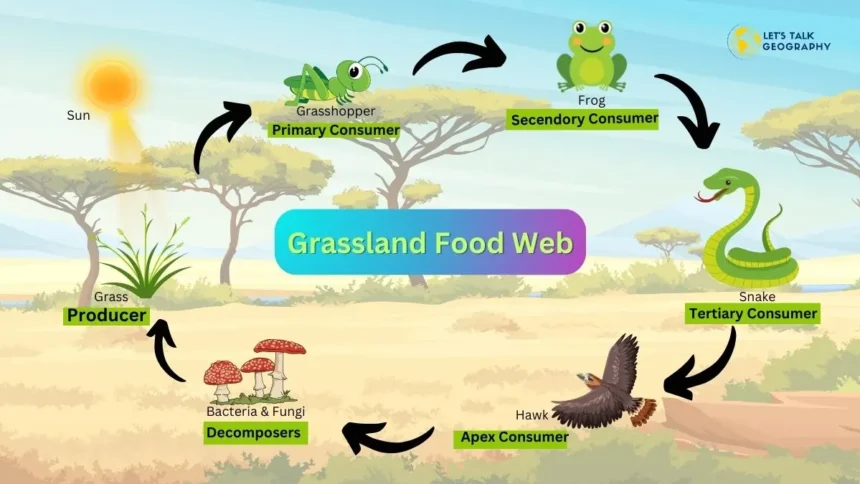Introduction to Grassland Food Biome:
Grassland Food Web secrets unveil the astonishing intricacies and vital connections that sustain these dynamic ecosystems, revealing their crucial role in our planet’s health.
Define Grassland Biomes
“The grassland Biome” consists of very big unlocked places of grasses. They are well handled by ruminating animals and repeated fires. These kinds of grasslands mainly consist of savannas and temperate grasslands. Ranging from fewer downpours, land fires, and ruminating by animals are three features that handle the grasslands. In grassland places, the weather is essential for the grasses to grow. Very repeating fires also play a crucial role in keeping the grassland ecosystem in a stable condition. The two identified grasslands include “the tropical grasslands” and “the temperate grasslands.”
Understanding Grassland Ecosystem:
Grasslands are mainly unlocked and constant areas. Mostly plain places of grass. They are situated between temperate forests at elevated places and deserts in subtropical regions. They range from a size of 2.1m tall along with roots going down inside the soil 1.8 m towards the little grasses growing to an elevation of 20 to 25 cm tall. These little grasses may consist of roots that go down to up to 1m.
Characteristics of Temperate and Tropical Grasslands
Tropical Grasslands are also considered “Savanna.” They include the African Savannas, the llanos of Colombia, and the Australian plains. Most of the plants in tropical grasslands are primarily grasses or small plants. Trees can survive because of the heavy downpours; the more downpours they receive, the more tropical grasslands can grow.
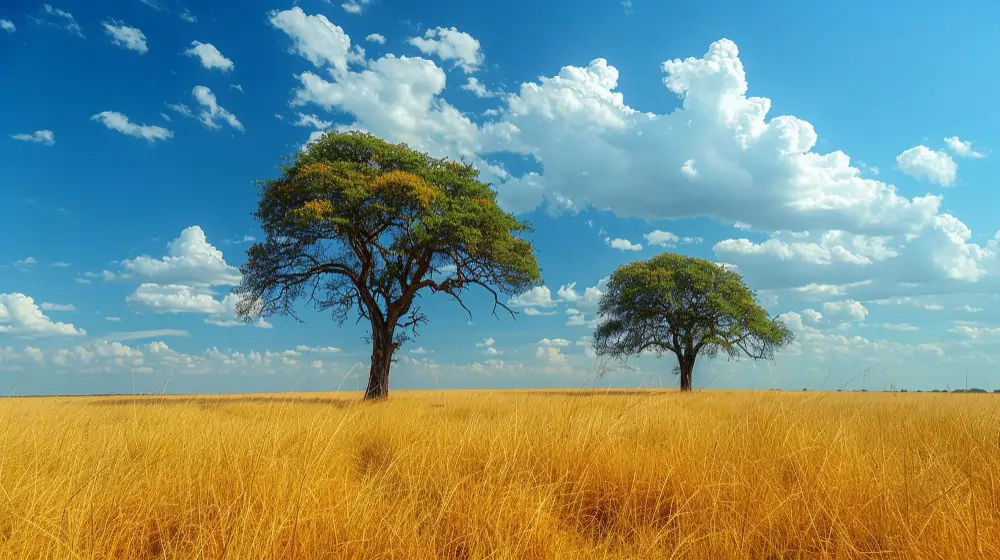
The tropical grasslands are mainly situated near the equator; this is why the grasslands get plenty of sunshine and increase in temperature from 20 degrees Celsius to 35 degrees Celsius. Yearly rainfall mainly attains up to 600 mm – 900 mm per year. Tropical grasslands are home to many animals, including huge mammals, such as antelope, lions, rhinos, zebras, and the big cat family, such as pumas and jaguars in Colombia. Many insects like beetles, grasshoppers, ants, termites, and mosquitoes are in tropical grassland. The condition of soil in tropical grasslands is very rich in nutrients. However, once the rainfall starts, these nutrients get washed away.
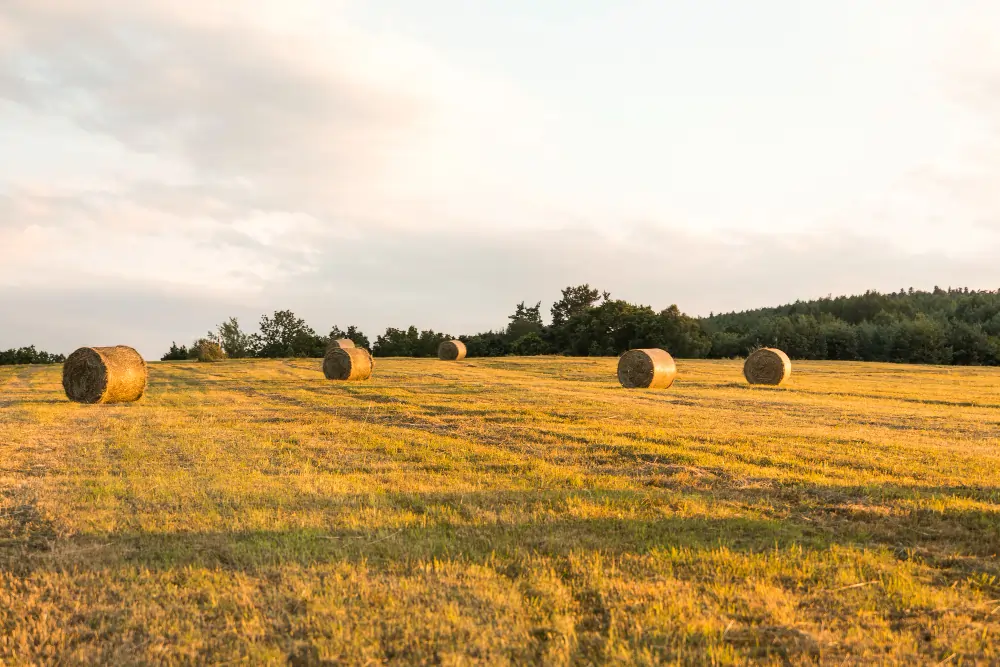
Temperate grasslands in North America are also known as prairies. The word “prairie” is derived from the Latin word “priata,” which stands for “meadow.” The prairies are a flat, sloping, and hilly region, but they are devoid of trees in many parts. The lower places have many woodlands. Tall trees up to 2m can easily influence the whole land mass.
The prairies cover the whole landscape of the United States of America and parts of Canada. The rocky mountains close them towards the west. The great lakes bind them towards the east. The tributaries flow along the prairies towards the USA. The prairies receive a continental climate with very high weather conditions. The summers are hot, with the temperature hitting about 20 degrees Celsius. The flora and fauna that could be seen include trees like willow, alders, and poplars that grow only in water availability. Farming is done where they receive rainfall of 50cm, and fewer downpour areas can be seen with little or significantly fewer grasses.
Biodiversity in Grassland Areas:
The biodiversity in the grasslands includes short grasslands, which consist of birds and other invertebrates in grasslands and unlocked residences. Tall grasslands include nectar-rich plants, drawing in hoverflies, butterflies, moths, and bees. This natural habitat even supports mammals and reptiles.
Exploring the Food Chain in Grasslands:
A food chain demonstrates how energy, power, and mineral nutrients flow along the ecosystem. At the primary level, certain kinds of plants create strength; then, it goes up to upper-class organisms, such as herbivores. But after that, when the carnivores prey on the herbivores, energy shifts from one to the other. In a food chain, energy is shifted from one living being to another as food. This whole process comprises primary producers, primary consumers, secondary consumers, and decomposers.
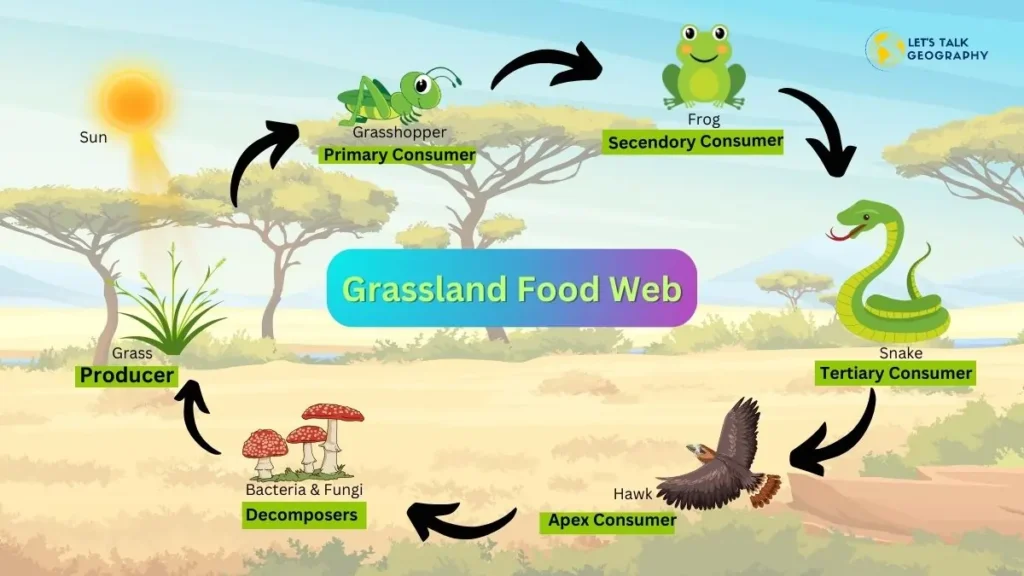
- Primary Producers in Grasslands: Grasses and a few herbs are the primary manufacturers in grasslands and comprise the primary biomass production.
- Primary Consumers: The leading grassland producers mainly consist of herbivores that eat grasses, plant-eating animals (e.g., cows, sheep, deer, etc.), insects, such as Coccinella and Leptocorisa, and many termites and millipedes.
- Secondary Consumers: These are flesh-eating animals that eat the primary consumers. These include foxes, jackals, snakes, lizards, etc. They are the minor consumers of the grassland ecosystem.
- Tertiary Consumers: This category mainly consists of hawks that eat the minor consumers.
Unraveling the Grassland Food Web:
- Concept of Food Webs: The food web is crucial to our surroundings. Primarily, the food web demonstrates the eating rapport among the community. It also signifies the shifting of food energy from its resources in plants, from plant-eating animals to flesh-eating animals.
- The interconnectedness of the Species: The food web demonstrates the rapport, connections, and links between the species in an ecosystem. Still, the relationships differ in their energy flow and the changing of their species’ population.
- Trophic Levels in Grassland Food Webs: The grassland food chain includes a five-step framework. The grassland food web has five organisms at various labels, justified as topic levels. Producers that include grasses, which are the first trophic level, are eaten by grasshoppers, which are the second trophic level, and are fed on by frogs (3rd trophic level). The frogs are then fed on by snakes (4th trophic level). Vultures or eagles (5th trophic level) feed on these snakes.
- Role of Decomposers: The Main decomposers in grasslands include bacteria, fungi, and earthworms. Fungi play a crucial role in grassland. These decomposers help convert compound food into simple parts and return them to nature. They also raise the soil fertility.
Impact of Climatic Change and Global Warming:
The Grassland Food Web is crucial in mitigating climatic change and global warming by regulating carbon cycles, supporting biodiversity, and maintaining ecosystem resilience.
Effects of Climatic Change on Grasslands:
Impact of climatic change and global warming: Grassland ecosystems mainly trap warmth in the atmosphere. This leads to a high rise in summer temperature, rising evaporation rates, lower rainfall rates, lower soil moisture, and rising frequency and droughts.
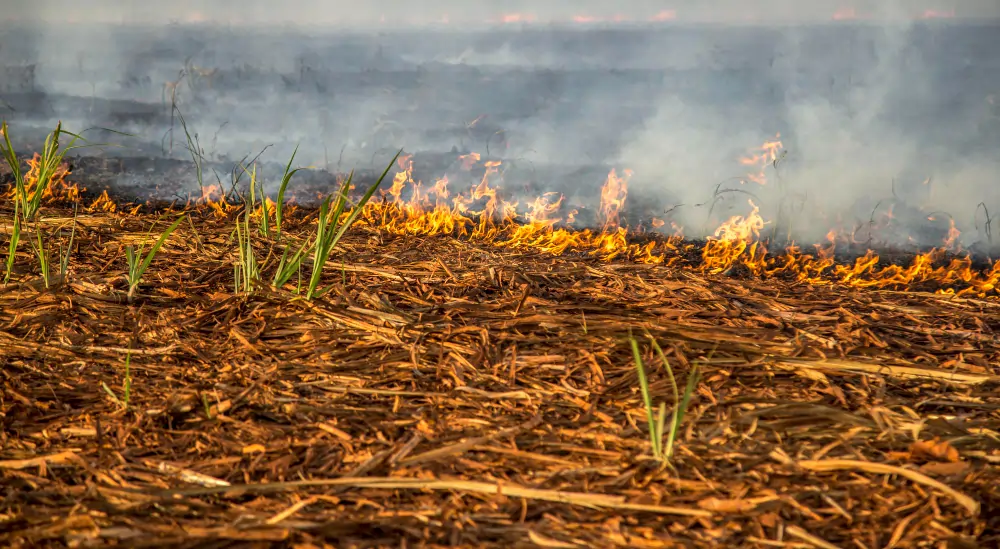
- Altered Rainfall Patterns and Temperature: Global warming changes temperature, precipitation patterns, and soil moisture levels, crucial for plant growth and ecosystem health. Rising droughts and environmental stress can harm grasslands and the ecosystem’s well-being. However, heavy rainfall can cause vast amounts of soil erosion.
- Consequences for Grassland Species: Rising temperatures in the grassland ecosystem degrade communication among the species, and all the animals respond differently. The negative impacts of global warming lead to decreased biodiversity, degrading the ecosystem’s activities. Other impacts include loss of habitats, extinction of species, and diseases.
- Conservation efforts: Importance of grassland conservation The grasslands needed to be conserved as along with affecting the handling of biodiversity and manufacturing of food, they also influenced the ecological way of landscape (e.g., pollination), regional (e.g., water regulation), and global scales (e;g climate regulation). Sustainable land management practices were taken to maintain the grassland food web in continuation by the Global Environment Facility (GEF), executed by the Food and the Agricultural Organization for the United Nations and the International Union for Conservation of Nature (IUCN).
Conclusion:
In summary, the grassland food web is a complex and dynamic system essential for maintaining the balance and health of grassland ecosystems. By exploring the intricate relationships between producers, consumers, and decomposers, we gain insight into the delicate interdependence sustains this biome. Key highlights include:
- Primary Producers: Grasses and herbaceous plants form the foundation, harnessing solar energy through photosynthesis.
- Primary Consumers: Herbivores like bison and antelopes feed on these plants, transferring energy up the food web.
- Secondary and Tertiary Consumers: Predators such as lions and hawks play crucial roles in controlling herbivore populations and maintaining ecological equilibrium.
- Decomposers: Microorganisms and fungi recycle nutrients, ensuring the continuity of the cycle.
Understanding these interactions underscores the significance of grassland ecosystems and the need for their preservation. This primary information sets the stage for a deeper exploration of the fascinating world of the grassland food web.
References:
- Grassland biome. (n.d.). Nationalgeographic.org. Retrieved May 25, 2024, from https://education.nationalgeographic.org/resource/grassland-biome/
- Grassland: Mission: Biomes. (2024). https://earthobservatory.nasa.gov/biome/biograssland.php
- Biome features: Tropical grasslands. (n.d.). Senecalearning.com; Seneca Learning Ltd. Retrieved May 25, 2024, from https://senecalearning.com/en-GB/revision-notes/ks3/geography/national-curriculum/15-1-7-biome-features-tropical-grasslands
- The Prairies – temperate region: People, flora, fauna, climate, videos. (2018, March 6). Toppr-Guides. https://www.toppr.com/guides/geography/life-in-the-temperate-grasslands/the-prairies-temperate-region/
- Grassland habitats. (2022, February 9). Forest Research. https://www.forestresearch.gov.uk/tools-and-resources/fthr/urban-regeneration-and-greenspace-partnership/benefits-of-greenspace/grassland-habitats/
- Food chains and food webs. (n.d.). Panda.org. Retrieved May 25, 2024, from https://wwf.panda.org/discover/knowledge_hub/teacher_resources/webfieldtrips/food_chains/
- Grassland ecosystem. (2021, October 20). BYJUS; BYJU’S. https://byjus.com/free-ias-prep/grassland-ecosystem-components-structure-economic-importance/
- The grassland food chain is an example of a step food chain. (2022, July 4). Byjus.com; BYJU’S. https://byjus.com/question-answer/grassland-food-chain-is-an-example-of-step-food-chain/
- Food web: Concept and applications. (n.d.). Nature.com. Retrieved May 25, 2024, from https://www.nature.com/scitable/knowledge/library/food-web-concept-and-applications-84077181/
- Onyango, Vivian, Masumbuko, Bora, Somda, Jacques, Nianogo, Aimé, J., Davies, & Jonathan. (2022). Sustainable land management in rangeland and grasslands. IUCN. https://www.iucn.org/resources/jointly-published/sustainable-land-management-rangeland-and-grasslands


